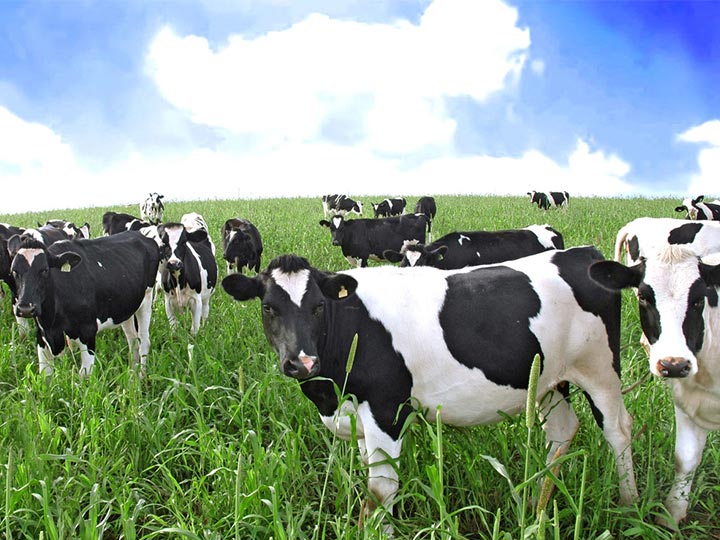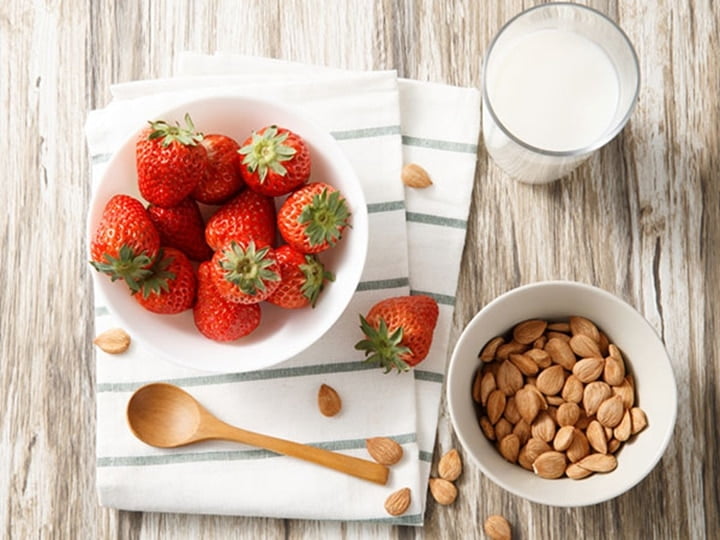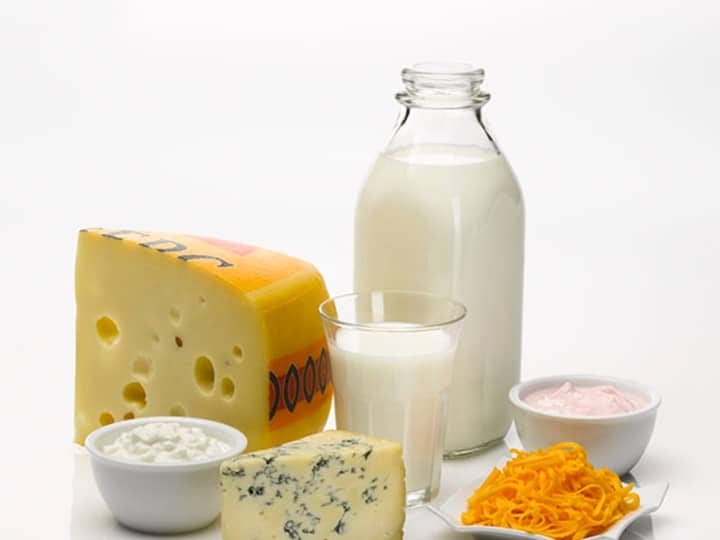Data show that global dairy consumption is expected to increase by 36% in the next ten years. Population growth has driven the growing demand for milk, leading to the world ’s first ever shortage of milk supply in history. As a result, the number of yoghurt making machine is increasing as well.
What is the problem about dairy product in Kenya?
At present, local dairy suppliers in Kenya cannot keep up with the increasing milk consumption level, so the dairy crisis in Kenya has quietly arrived. How to increase the output of dairy products is imminent.
What does the government do to change the current situation?
The Kenyan government has also launched many projects. For example,the Ministry of Agriculture is trying to persuade herdsmen to transform from traditional animal husbandry to dairy farming. At the same time, they aim to improve the quality of veterinary services across the country, and increase social care for herders.

Farmers are needed as well
Although dairy processing is very profitable, few farmers are involved. Only 10% of the milk produced in Kenya is processed and packed every year, so the shortage of processing staff has become a major problem. The government is also encouraging more farmers to participate in the process of milk production and giving them considerable wages. Kenya’s dairy market has also attracted attention from governments and NGOs
What measures are taken in the 10th African Dairy Conference in Nairobi?
At the 10th African Dairy Conference in Nairobi, the President of Kenya noted that he would help farmers increase productivity to solve the plight of the dairy industry. For example, 1.2 million Kenyan shillings (approximately 132,000 U.S. dollars) were allocated for dairy farming; plans to increase efforts to build yogurt processing plants; revitalize cooperatives; increase the number of imported yogurt making machines.
Such investment has increased Kenya’s daily milk processing volume from 2.9 million liters to more than 3.5 million liters.
The dairy production in Kenya is low
Dairy milk production is another concern. In some areas of sub-Saharan Africa, the annual milk production of cows is less than 200 liters. In some developed countries, the annual milk production of a cow can reach more than 12,500 liters. . “Although Kenya has more cows than South Africa, milk production is less than South Africa.

How about the milk production of each cow per day?
The regional manager of the East African Dairy Development Project stated that Kenya milk production is less than 5 liters per cow every day in 2013, but it should actually reach 40 liters. “We have a lot of cows, but the milk production of these cows is pitifully small,” he said in a previous interview, calling for a reduction in the number of cows but an increase in milk production per cow.
Countries are racing to develop
Nigeria, the largest economy entity in Africa, is also the largest dairy product importer in West Africa. The Food and Agriculture Organization of the United Nations (FAO) stated that milk production of Kenya is still low and imported milk powder accounts for more than 75% of the industry. Therefore, FAQ encourages Nigeria to treat Kenyan market as a dairy production base.
